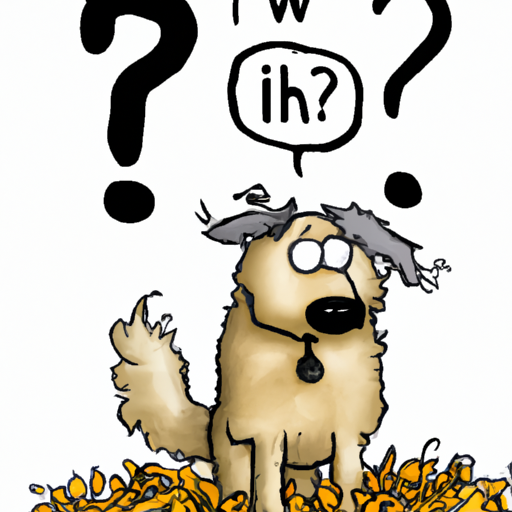As the season transitions from the warm summer to the cooler fall, you may find more and more dog hair collecting around your house. As a loving and dedicated pet parent, this phenomenon may have you asking, “why do dogs shed in the fall?” This article will explore the reasons behind your dog’s seasonal shedding, providing you with the knowledge needed to help manage this natural process.
Table of Contents
- Understanding Your Dog’s Coat
- The Science Behind Seasonal Shedding
- Factors That Influence Shedding
- How to Manage Fall Shedding
- Frequently Asked Questions
Key Takeaways
- Dogs shed their fur in preparation for new growth, a process influenced by daylight.
- Various factors, such as breed, health, and diet, can affect the severity of shedding.
- Regular grooming, a balanced diet, and maintaining a healthy environment can help manage shedding.
Understanding Your Dog’s Coat
Before delving into the reasons behind the autumnal shedding, it’s crucial to understand the structure of your dog’s coat. Dogs typically have two layers of fur: the top coat, or guard hairs, which are longer and protect against weather, and the undercoat, which is denser and provides insulation. Depending on the breed of your dog, the texture and length of these layers can vary significantly. Some dogs, known as single-coated breeds, lack an undercoat entirely.
The Science Behind Seasonal Shedding
The process of shedding, or “blowing coat,” is a natural occurrence for dogs. It is their way of adapting to environmental changes. Dogs typically shed their summer coat in the fall, preparing for the growth of a thicker, warmer winter coat. This process is influenced by photoperiods or daylight length. As daylight hours decrease in the fall, it signals dogs to shed their summer coat to make way for a winter one.
Factors That Influence Shedding
Not all dogs shed to the same degree in the fall. Let’s take a look at some factors that influence this process:
-
Breed: Some breeds, like Labrador Retrievers and Siberian Huskies, are known for their heavy seasonal shedding. On the other hand, breeds like Poodles and Bichon Frises, are low shedders due to their hair-like fur.
-
Health and Diet: Dogs with healthier diets and those in better health generally shed less. If your dog is shedding excessively, it may be a sign of underlying health issues. A balanced diet rich in Omega-3 and Omega-6 fatty acids can promote a healthier coat and reduce shedding.
-
Indoor Living: Dogs that live indoors are exposed to artificial light and controlled temperatures, which can disrupt their natural shedding cycles.
How to Manage Fall Shedding
While you can’t stop the natural process of shedding, there are ways to manage it. Regular grooming is vital to control shedding. Brushing your dog’s coat daily can help remove loose hairs before they end up on your furniture. Bathing your dog regularly with a moisturizing shampoo can also help reduce shedding. Ensuring your dog gets adequate nutrition can also help maintain a healthy coat. If you’re looking for more tips on managing shedding, this guide from OneTopDog is a great resource.
Frequently Asked Questions
1. Why is my dog shedding excessively in the fall?
Excessive shedding can be a sign of stress, poor nutrition or medical issues. If you’re concerned about your dog’s shedding, it’s best to consult a vet.
2. Can I prevent my dog from shedding?
You can’t stop the natural process of shedding, but regular grooming and a balanced diet can help manage it.
3. Are there dog breeds that don’t shed?
Yes, breeds like Poodles, Bichon Frises, and certain Terrier breeds are known for their minimal shedding.
In conclusion, fall shedding is a natural process for your dog, preparing them for the winter season. While it can be a bit messy, knowing why it happens and how to manage it can make this process easier for you and your furry companion. For more information on understanding your dog’s behaviors and health, be sure to visit OneTopDog.



